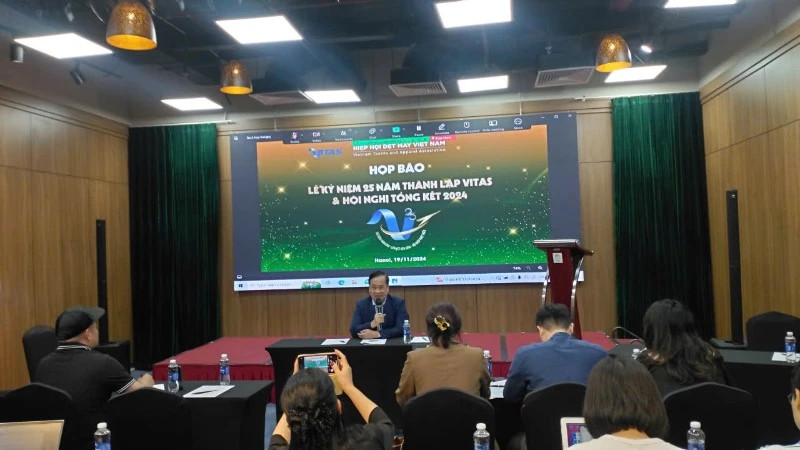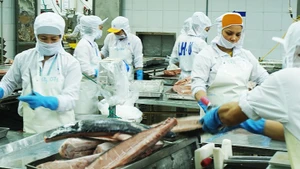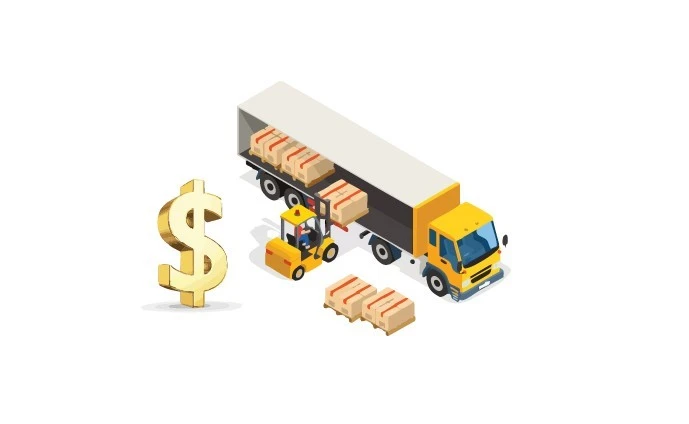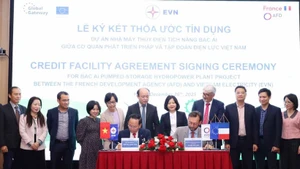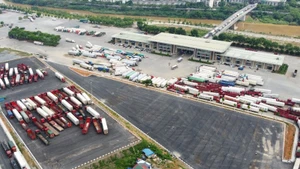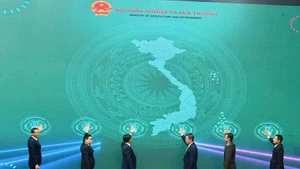Despite facing global challenges such as geopolitical tensions, fluctuating oil prices, volatile freight rates, slow economic recovery, declining global investment, natural disasters, climate change, and energy security concerns, the industry has demonstrated robust growth, Giang said at a press conference on November 19.
This year, Vietnam's textile and garment exports are expected to reach 44 billion USD, marking an 11.26% increase compared to 2023. The sector's imports are projected at 25 billion USD, up 14.79%, resulting in a trade surplus of 19 billion USD, a year-on-year growth rate of 6.93%.
The US remains Vietnam’s largest export market with a turnover of 16.71 billion USD, up 12.33% compared to 2023, accounting for 37.98% of total export turnover. It was followed by Japan (4.57 billion USD), the European Union (4.3 billion USD), the Republic of Korea (3.93 billion USD) and China (3.65 billion USD).
The official held that VITAS has played a pivotal role in supporting businesses by advocating favourable policies, resolving challenges, and organising over 70 training programmes and seminars nationwide. The association has also conducted extensive trade promotion activities domestically and internationally, helping expand export markets and diversify clients and product lines. This year, 60 new members joined VITAS, bringing its membership to nearly 1,000 official and affiliate members.
Under Vietnam's textile-garment and leather footwear development strategy, the industry is shifting from rapid growth to sustainable development by 2030. From 2031 to 2035, it aims to adopt circular economy models and secure a higher value position within the global supply chain.
With over 3 million workers, the textile and garment industry is Vietnam's largest employer, significantly contributing to job creation, income stability, social order, and economic restructuring. It has also played a vital role in increasing state and local budget revenues.
Over the last 25 years, VITAS has successfully connected domestic and international enterprises to establish supply chains. It has led trade delegations to major markets such as the US, France, Germany, Russia, China, Japan, the Republic of Korea, and Australia to expand export opportunities.
